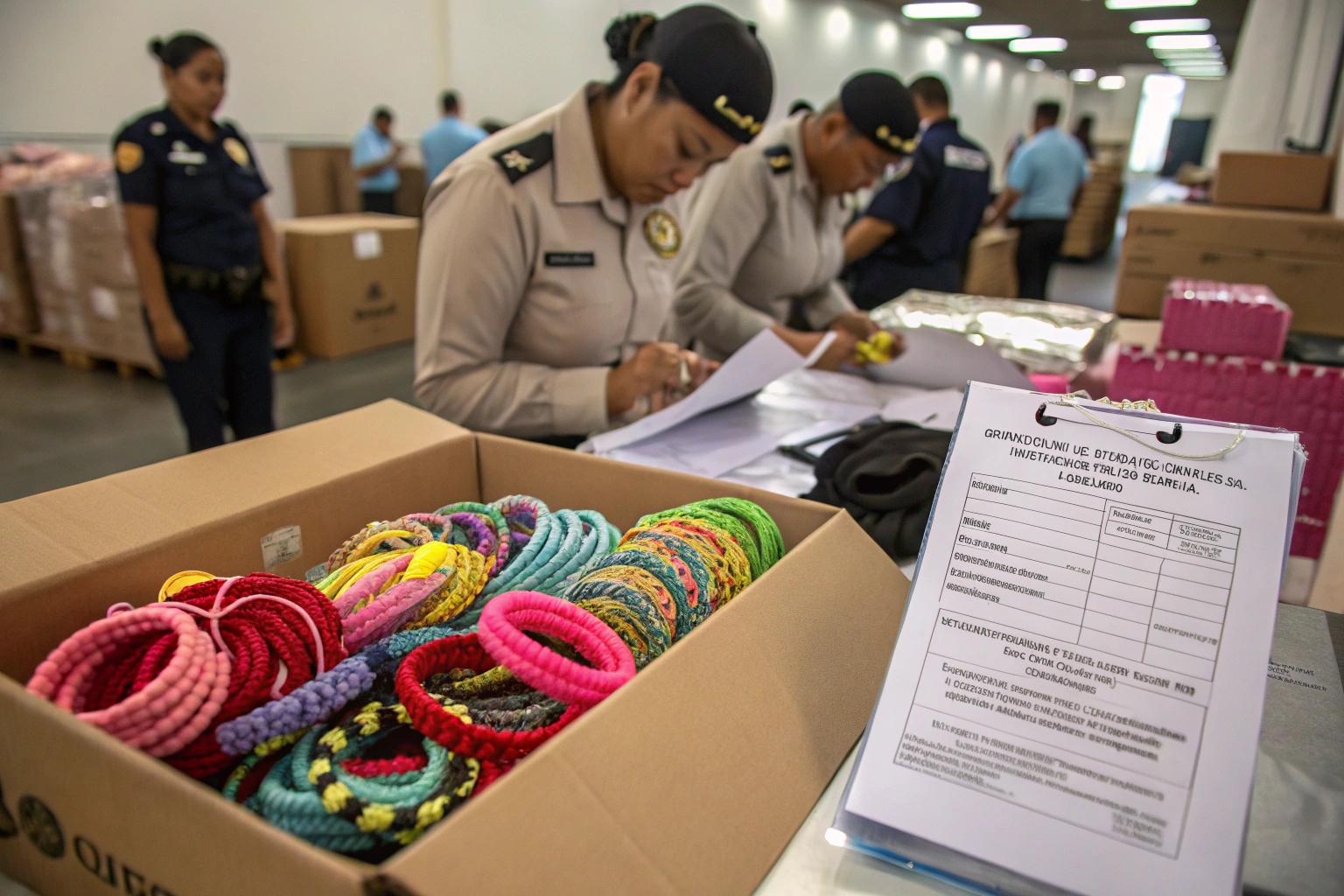Selling hair accessories globally means more than choosing cute designs or strong materials—you also need to clear customs. Without the right documents and certifications, your clips, bands, or scrunchies could be delayed, fined, or rejected.
Hair accessories typically don’t need complex certifications, but they must be properly classified, labeled, and tested for flammability or chemical content, depending on the material and market (US or EU).
As a supplier exporting to the US and Europe for over 10 years, I’ve helped brands clear customs smoothly by preparing the correct compliance files. Here’s what you need to know.
What supporting documentation is required for customs clearance?
Even if your product doesn’t need a formal certificate, missing a single document can block clearance.
For hair accessories, customs authorities require a commercial invoice, packing list, HS code, country of origin, material declaration, and, where applicable, lab test reports or conformity certificates.
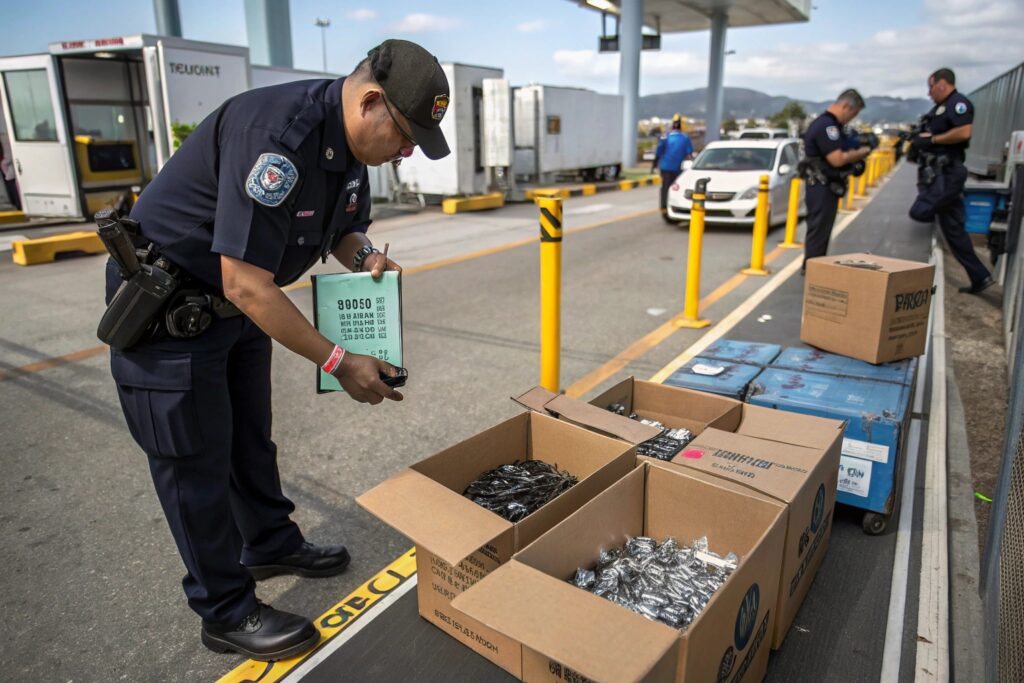
What documents do we prepare for every US and EU-bound accessory shipment?
| Document | Purpose | Required By |
|---|---|---|
| Commercial Invoice | Confirms value, origin, and transaction | CBP / EU Customs |
| Packing List | Describes quantity, weights, dimensions | All carriers |
| HS Code Sheet | Classifies product for duty/tariff purposes | Customs/Broker |
| Certificate of Origin | Identifies manufacturing country | Tariff purposes |
| Material Declaration | Lists plastics, metals, textiles used | EU, US |
| Test Reports (if applicable) | Proves safety or composition compliance | EU (REACH), US (CPSIA) |
We provide a standard document pack to all our buyers, customized per destination. For EU clients, we add REACH declaration letters for synthetic bands or PU coatings.
How can missing documentation impact your shipment?
- Delay of 5–10 working days at port
- Additional inspections and sampling
- Refusal of entry (especially in France, Germany, UK)
- Unexpected storage/demurrage fees
We verify every document 3 days before departure to catch issues early.
Are hair extensions flammable?
Many accessory materials look safe—but can become hazardous under the wrong conditions.
Yes, some synthetic hair accessories and extensions may be flammable, especially if made from untreated plastic, nylon, or polyester. Testing is often required for flammability compliance—especially in the US.
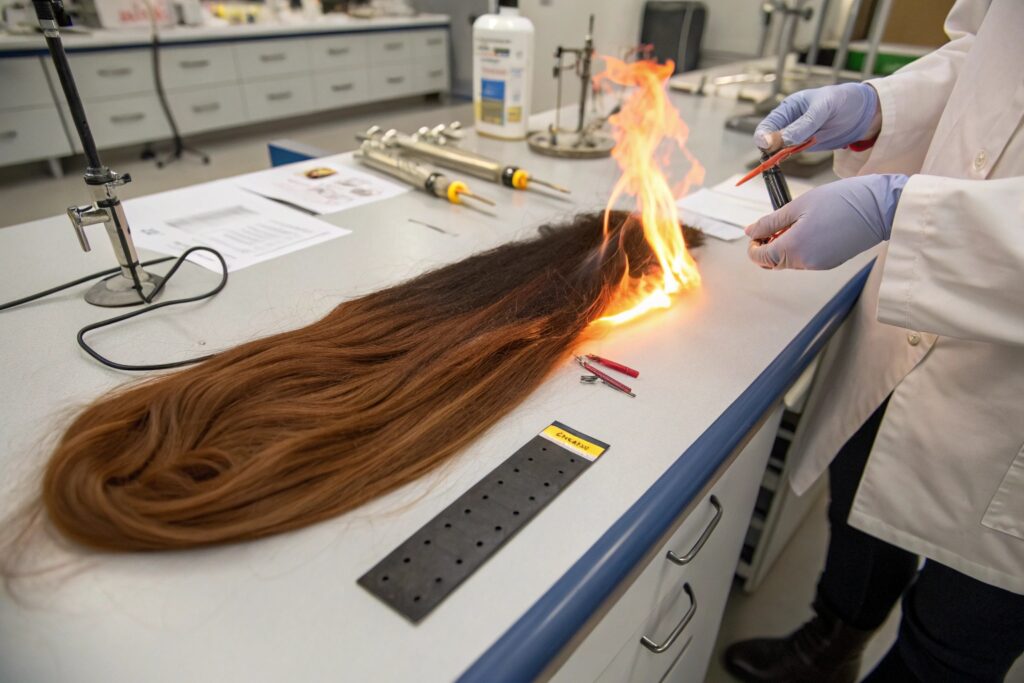
What safety rules apply to flammability for hair accessories?
In the United States, products for children under 12 must comply with:
- CPSIA (Consumer Product Safety Improvement Act)
- 16 CFR Part 1610: Flammability of Clothing Textiles
In the EU, accessories may fall under:
- General Product Safety Directive (GPSD)
- REACH (Registration, Evaluation, Authorisation of Chemicals)
We offer lab testing reports for common flammable risks in:
- PU/PVC headbands
- Synthetic rubber scrunchies
- Hair extensions with metallic thread
- Velvet-covered clips
| Material Type | Flammable? | Action Required |
|---|---|---|
| Cotton / Wool | Low risk | Label content clearly |
| Nylon / Polyester | Moderate | Conduct flammability test (US) |
| PU-coated bands | Yes | May need safety data sheet (SDS) |
| Real Hair Extensions | Low risk | Declare as human hair product |
If your product targets children, testing is mandatory in the US and some EU markets.
When Do Hair Accessories Need CE Marking?
Not every product needs CE marking—but if you sell in the EU, knowing the rules matters.
Hair accessories generally do not need CE marking unless they are considered toys, contain electronics, or are marketed to children under 14 in a way that makes them subject to toy safety directives.
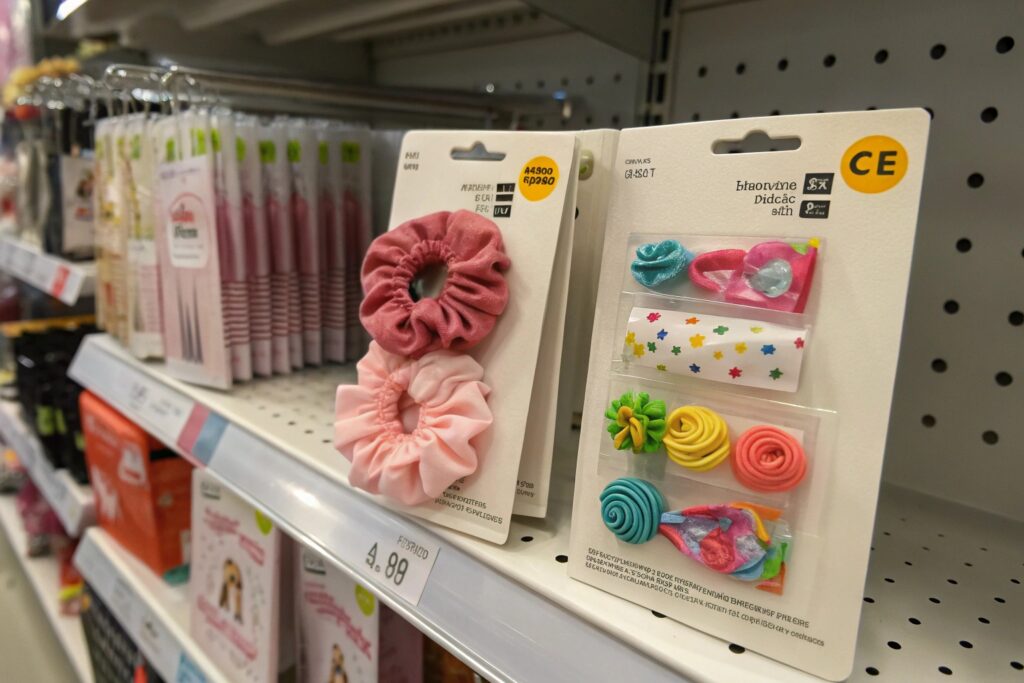
What products DO require CE marking in the hair accessory category?
| Product Type | CE Required? | Related Directive |
|---|---|---|
| Basic hairbands, clips | No | Not regulated under CE scope |
| LED light-up hair pins | Yes | Low Voltage Directive / EMC Directive |
| Toy-like hair accessories for kids | Maybe | Toy Safety Directive (2009/48/EC) |
| Hair dryer brush (electrical) | Yes | Electrical Equipment Safety Directive |
For example, one EU client selling unicorn-themed kids’ scrunchies needed CE marking only because they resembled toys with glitter horns and lights.
We worked with them to:
- Test for choking hazard (EN 71-1)
- Declare chemical compliance (EN 71-3)
- Include CE label + user instructions
How can we help ensure CE compliance?
- Arrange lab testing (REACH, flammability, toy safety)
- Draft EU Declaration of Conformity
- Provide CE logo files and label templates
If your item doesn’t fall under CE, we’ll state this clearly in documentation to avoid questions at EU customs.
How to Prepare Documentation for Customs Clearance
You don’t need a lawyer or freight consultant—just a clean, consistent document pack.
To prepare documentation for customs clearance, gather accurate product descriptions, correct HS codes, commercial invoices, packing lists, country of origin labels, and any relevant compliance certificates or test reports.
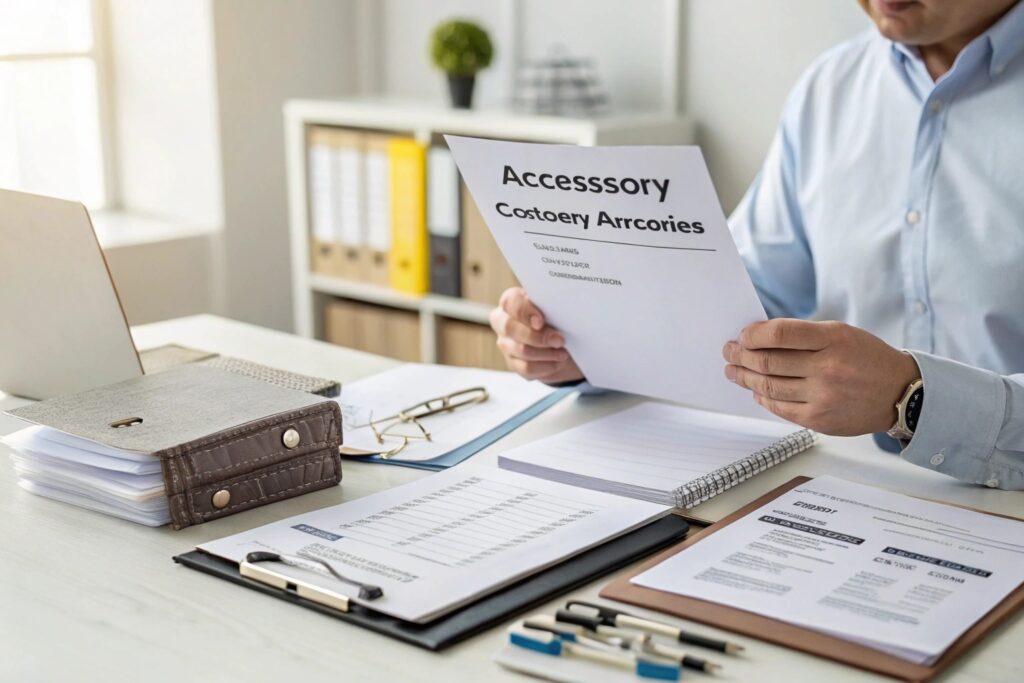
What are the exact steps we follow before shipping to US or EU?
- Confirm HS Code: We classify every SKU, verify with CBP and TARIC (EU customs)
- Prepare Invoice + Packing List: Match every line, include Incoterms (FOB, DDP)
- Include Material Declaration: Especially for plastic, PU, or synthetic blends
- Review Labeling: Ensure "Made in China" appears on product or packaging
- Add Certifications: CPSIA, REACH, CE (if applicable)
- Double-check consignee data: Name, address, EORI (EU) or EIN (US)
We also provide a Customs File PDF, which contains:
- All product specs
- HS codes
- Compliance test links
- Photo references (for inspection)
This file prevents back-and-forth emails with brokers—and keeps your goods moving fast.
Conclusion
Certifications for hair accessories don’t have to be complex—but they do need to be right. With correct documentation, tested materials, and expert guidance, you can clear customs in the US and EU without delays or fines.

